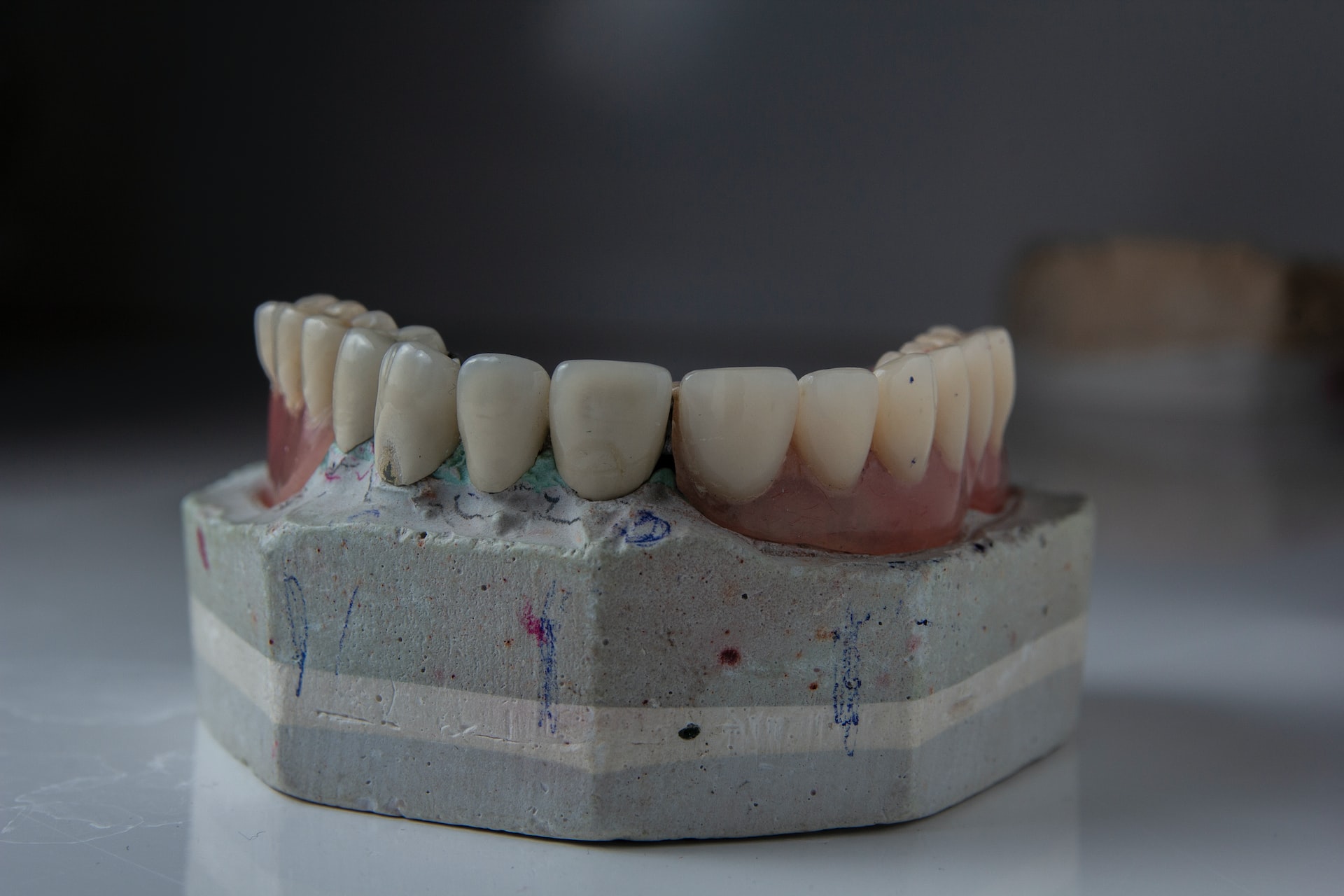We are taught that good breath, strong teeth and clean gums are all important parts of oral health, and that’s certainly true. However, there’s more to oral health than just those three things. In fact, taking care of your mouth requires a comprehensive approach that includes everything from brushing and flossing to eating a healthy diet and visiting the dentist regularly.
Good oral hygiene starts with brushing your teeth at least twice a day with a toothpaste that contains fluoride. Fluoride helps to prevent cavities and keep your teeth strong. In addition to brushing, you should also floss at least once a day to remove plaque and food particles from between your teeth.
Eating a healthy diet is also important for oral health. Foods that are high in sugar can contribute to cavities, so it’s important to limit sugary snacks and drinks. Eating plenty of fruits and vegetables is a good way to promote oral health, as they contain vitamins and minerals that are good for your teeth and gums.
Deeper Understanding on the Science of Tooth Decay
During the formation of teeth, both inorganic (mineral) material and organic (polymer) structures play major roles. The inorganic material provides the bulk and strength of the tooth, while the organic material provides the flexibility and resilience.
The formation of teeth begins with the development of the tooth bud, a small, round cluster of cells that appears in the embryonic jaw. The tooth bud will develop into the different parts of the tooth, including the enamel, dentin, and pulp.
The enamel is the hard, outer layer of the tooth that protects it from wear and tear. It is made up of tightly packed crystals of calcium phosphate. The dentin is the layer of the tooth beneath the enamel. It is made up of living cells, called odontoblasts, that produce a hard, mineralized substance called dentin.
The pulp is the innermost layer of the tooth, which contains blood vessels, nerves, and connective tissue. During tooth development, the different layers of the tooth are formed in a specific order. First, the enamel layer is formed, followed by the dentin layer. Last, the pulp layer is formed.
The formation of teeth is a complex process that involves the interaction of many different cell types and molecules. But ultimately, it is the balance of inorganic and organic material that makes teeth strong and durable.
Alzheimer’s Disease
A recent study has suggested that there may be a link between gum disease and Alzheimer’s disease. The study, which was led by scientists at the National Institute on Aging, looked at data from over 6,000 people and found that those who had gum disease were more likely to develop Alzheimer’s disease and other related dementias.
The study did not prove that gum disease causes Alzheimer’s disease, but it did find an association between the two. The scientists believe that the bacteria that cause gum disease may also be involved in the development of Alzheimer’s disease.
Gum disease is a common problem, and it is important to see a dentist regularly to ensure that it is treated properly. If you have gum disease, there are things that you can do to reduce your risk of developing Alzheimer’s disease, such as brushing and flossing your teeth regularly, and seeing a dentist for regular checkups.
Conclusion
Religiously following your dental hygiene will prevent tooth decay. It is because tooth decay is caused by bacteria that accumulate on your teeth, and these bacteria are removed by brushing and flossing. Therefore, if you brush and floss regularly, you will remove the bacteria that cause tooth decay, and your teeth will be healthy and decay-free.
Most importantly, you should have your annual oral exam done by a trusted dentist in Leesburg. That is no other than Leesburg Bright Dental. We take great pride in our work because we have restored the smiles of numerous people. Give us that chance to restore your smile too by scheduling an appointment now!



